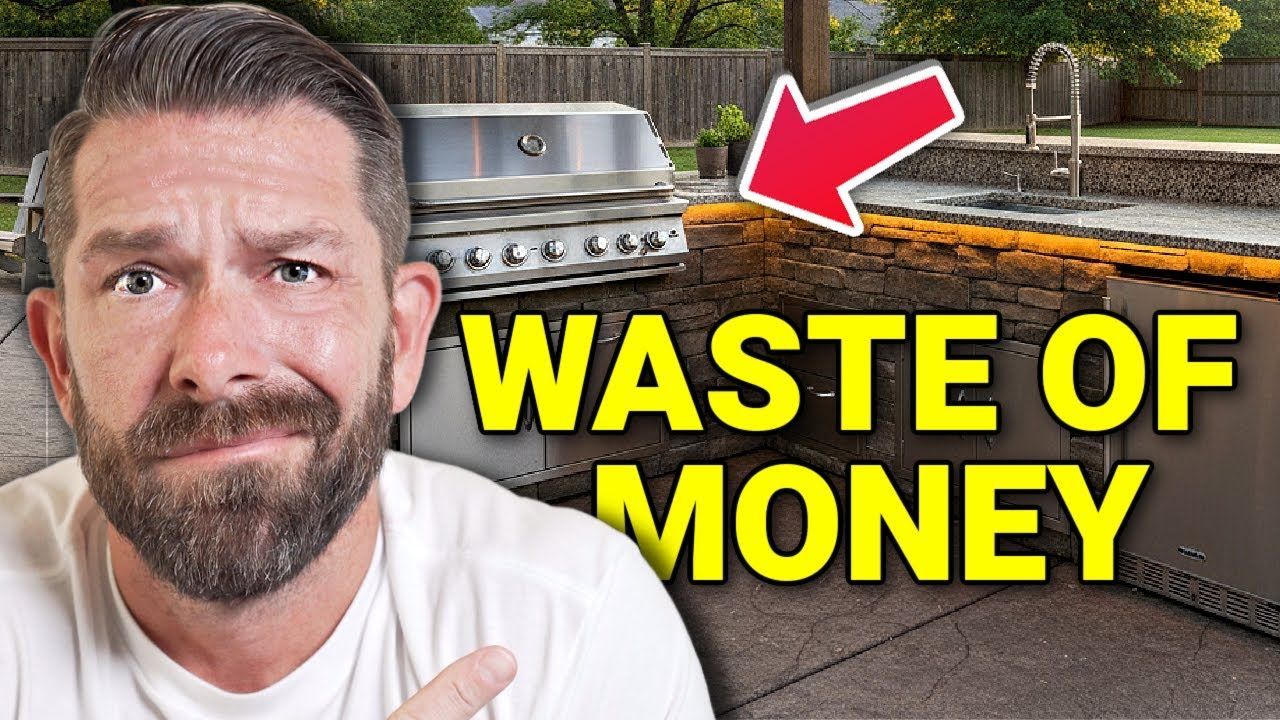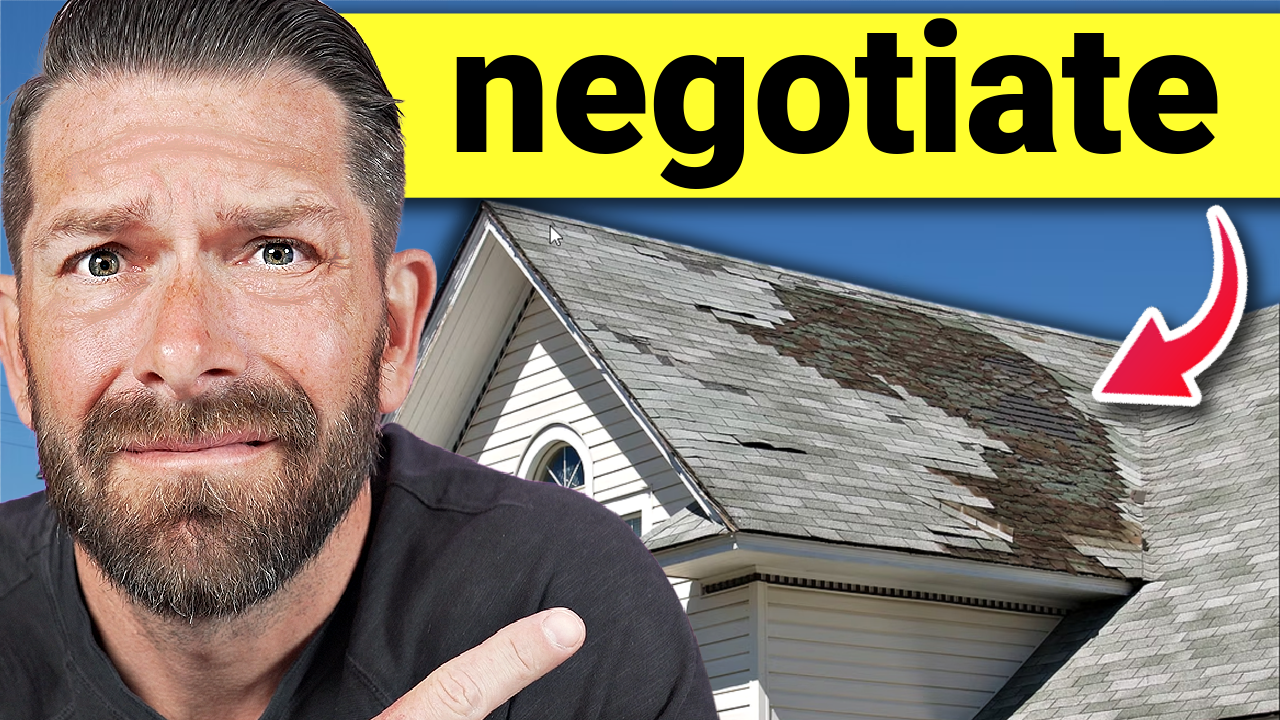Do NOT Go CHEAP When Upgrading Your Home
Get The Latest OC Housing Report
Do NOT Go CHEAP When Upgrading Your Home
Thinking about selling your home? Don’t let cheap upgrades sabotage your equity. While saving money on pre-sale renovations might sound smart, going budget on the wrong items could end up costing you tens of thousands when buyers start walking through your door.
In this blog post, we’ll break down the worst types of cheap upgrades, how they turn into red flags for buyers, and what you should do instead. After two decades of helping sellers navigate the market, here's the truth: If it looks and feels cheap, buyers will notice — and you’ll pay the price.
Why Cheap Upgrades Are a Dangerous Shortcut
Buyers don’t just look at your home — they feel it. The moment something feels flimsy, rushed, or obviously low-end, the red flags start flying. Even if the photos look great online, those impressions vanish during the first showing. Once the flaws are noticed, buyers start mentally discounting your home's value.
Real Example: How a $5,000 Kitchen Upgrade Cost $25,000
A couple (we'll call them Mark and Lisa) tried to refresh their kitchen on a budget before selling. They spent $5,000 on peel-and-stick backsplash, IKEA cabinets, and clearance appliances.
From the listing photos? It looked decent.
But during open houses, buyers immediately picked up on the problems:
- A wobbly, dented fridge
- Cabinet doors that wouldn’t close
- Backsplash already peeling
The harshest feedback? "This kitchen looks like a DIY project gone wrong."
The result? The home sat for 45 days and they conceded a $25,000 buyer credit to cover a full kitchen remodel.
Had they done nothing at all, they likely would've sold faster and for more.
The Most Common Cheap Mistakes Sellers Make (and What to Do Instead)
1. Low-End Flooring: A Shortcut That Shows Its Age Fast
New flooring is one of the easiest ways to transform a home — but only if done right.
What NOT to Do:
- Peel-and-stick flooring
- Thin sheet vinyl
- Painted concrete
- Cheap laminate that warps and shows wear quickly
Better Options:
- Mid-range LVP (luxury vinyl plank)
- Engineered hardwood
- Quality laminate from reputable brands
2. Budget Cabinets: Looks Good Until You Open Them
Kitchens sell homes — and cheap cabinetry can sink the deal.
Red Flags with Prefab Cabinets:
- No soft-close features
- Poor alignment on doors and drawers
- Break easily under normal use
- Often feel flimsy to the touch
What to Do Instead:
- Repaint or reface solid wood cabinets
- Upgrade to mid-grade cabinetry with sturdy construction
- Install new hardware for a high-end look without full replacement
3. Mismatched or Off-Brand Appliances
Avoid:
- Off-brand or clearance appliances
- Mismatched colors (white fridge, black oven, stainless dishwasher)
Smart Move:
- Buy mid-range, name brand sets (e.g., Whirlpool, GE, LG)
- Keep the finish consistent across all appliances
4. Cheap Fixtures and Lighting
Common Mistakes:
- Shiny, lightweight chrome
- Rust-prone metals
- Inconsistent fixture styles from room to room
Better Approach:
- Choose matte black, brushed nickel, or aged brass
- Stick with a cohesive theme throughout the home
- Choose mid-tier quality for better style and durability
5. Hollow Core Doors: The Sound (and Feel) of Cheap
What to Watch For:
- Hollow-core replacements for solid-core originals
- Thin, light-feeling doors that allow noise to travel easily
What to Do:
- Use solid core doors for bedrooms and bathrooms
- Opt for stylish modern panels if replacing
Buyer Psychology: Quality Signals Trust
When buyers sense quality upgrades — even if the home isn’t fully remodeled — they feel like the home was cared for.
When they sense shortcuts or cheap fixes?
They start asking:
- "What else did they cut corners on?"
- "Is there water damage or plumbing issues hiding behind the walls?"
Focus Your Budget Where It Counts
Where to Spend:
- Durable, stylish flooring
- Kitchen cabinets(reface or replace wisely)
- Mid-tier appliances
- Fixtures and lighting with lasting finishes
- Solid doors in noise-sensitive areas
Most Important of All: The Major Systems
Buyers care a lot about what they can’t see:
- HVAC
- Plumbing
- Electrical
- Roof
- Water heater
Should You DIY or Hire?
Doing upgrades yourself can save money if you have the skill. But if the workmanship is poor, buyers will notice.
If DIY:
- Be precise with cuts, edges, and alignments
- Don’t rush it — buyers see sloppy work
If Hiring Help:
- Avoid unlicensed contractors unless highly vetted
- Always ask for references or examples of previous work
Final Advice: Get a Pro Opinion Before You Spend
Before you spend a dollar, talk to a licensed real estate agent who knows your market.
A good agent will:
- Walk the property with you
- Identify what matters to buyers in your area
- Help you prioritize high-ROI updates
Key Takeaways
- Cheap upgrades can kill your sale price
- Focus on middle-tier quality for best ROI
- Prioritize areas buyers care about: kitchens, flooring, appliances, systems
- Avoid mismatches and DIY shortcuts unless you’re highly skilled
- Always consult with an experienced real estate professional
Want expert advice on selling smart and getting top dollar? Click here to connect with our team for a strategy session.
Watch the Full Breakdown on YouTube
This blog is based on insights shared by Jeb Smith, Realtor®, on his YouTube channel. If you found this helpful, make sure to like the video and subscribe to stay updated with weekly insights on buying, selling, and investing in real estate.











